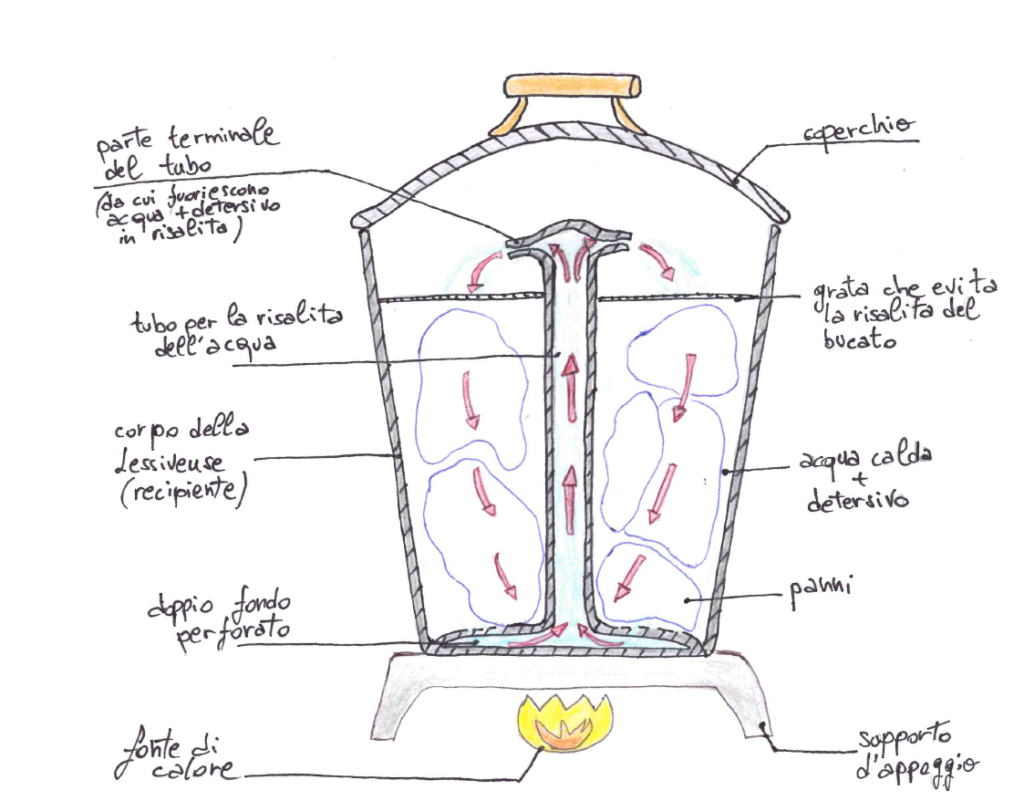Good morning to all of you who follow my adventures,
now it is almost winter and it has already snowed here. In this period, there is nothing more satisfying than staying at home and enjoying the warmth of a crackling fireplace … even better if in the company of an old connection.
I would like to tell you just what we talked about yesterday, Professor Dorito Orangie Rocwood and I, for close friends Rocky, a dear friend of mine and companion of countless archaeological adventures. He is one of the leading experts on Mesoamerican feline civilizations at the time when the Mayan civilization flourished, as well as a profound connoisseur of those areas.
He has come to bring to my attention an artifact unearthed in his last excavation of him, not far from El Caracol, which apparently looks like a terracotta cube, but we are both convinced that for the representations that have been painted on it, it can represent some form of scientific equipment.
However, I will not digress by getting lost in the details of our ramblings, there is still a long way to go to arrive at the deciphering of what we have currently renamed as “ArtùRockynism” (the name should be a kind of fusion of our names and word “mechanism”).
Our reflections were helped by the warm crackle of the fireplace, accompanied by an energising hot drink. We left out the usual tea for something more invigorating: an excellent coffee (accompanied by delicious tuna biscuits).
I could not avoid a digression on the creation of the most iconic instrument for its preparation, the moka, and on the underlying physical principles, which I would like to share with you.
First of all, Rocky clarified to me the origin of the name, which derives from a city in Yemen, Mokha to be precise, which is said to have been one of the earliest and most renowned coffee production centers.
The creator of this device, which would bring “coffee like that of the bar” into the homes of Italians, was Alfonso Bialetti. The year in which this portent saw the light was 1933.
It is said that the idea came to him after watching his wife do the laundry with the lessiveuse, a sort of ancestor of the washing machine. It essentially consists of a large metal container, in the shape of a cauldron, having a tube in the center that ends with a flat disk perforated along the circumference.
The part that rests on the fire, or in any case on the heat source, consists of a double bottom, the upper part of which is perforated. The water, with which it was filled together with the cloths, under the action of heat, is brought to a boil state in which, due to the action of the thrust of the steam produced and the convective motions that push the hottest part, the one on the bottom in fact, to go back. Since the upper wall of the double bottom has a hole, the water enters inside and goes up along the tube and then falls back, through the perforated end part, onto the laundry, covering it with hot water and detergent, the lye).
I try to represent you a small scheme of how the lessiveuse is made in the illustration below.

I have taken a long time to explain all this because you will be amazed to know how, in fact, the operating principle of the moka very much resembles that of this primitive washing machine.
Essentially, we could say that the moka consists of three parts:
- lower tank: which contains the water and allows its heating;
- upper tank: where the coffee that rises from the bottom is collected;
- filter: funnel-shaped, which collects ground coffee in the upper part and whose lower end is immersed in water.
To make you better understand what happens, I made a small animation of what happens inside the mocha during coffee preparation.
When we have prepared everything, i.e. after having filled the lower tank with water (reaching the level of the safety valve), having inserted the quantity of ground coffee we prefer into the filter and having closed the mocha, the area of the tank not occupied by water it is at a pressure in equilibrium with the liquid and the complex is at room temperature (we assume about 23 ° C).
After placing the mocha on the stove, the progressive increase in the temperature of the water increases the movement of the steam molecules and, consequently, also its pressure.
Some experiments have made it possible to evaluate that when the vapor pressure reaches an increase of about 50% respect to the ambient pressure (remember that the ambient pressure is equal to 1 atm), the vapor forces the water to rise inside the funnel of the filter and to run through the coffee.
The water must not boil to complete this step: in fact, assuming that, according to the previous considerations, the overall pressure to which it is subjected in this phase is increased by 50% compared to the ambient pressure, equal to 1 atm, the pressure overall it reaches about 1.5 atm.
Physics tells us that at this pressure (1.5 atm) water has a boiling point of 110 ° C, while some measurements have made it possible to observe that the liquid that rises first through the filter is below 100 ° C.
This is a positive factor for coffee, as the not excessive temperature allows you to extract only the most pleasing aromas.
The water, which after passing the filter is now coffee, is conveyed into the “chimney” (very similar to the lessiveuse tube) and poured into the coffe pot by falling from its top.
The temperature of the water in the lower tank continues to undergo an increase, as does the pressure of steam, which is always present in greater quantities due to the gradual ascension of the water.
When there is practically no water left in the tank, the steam has reached a pressure of almost double the atmospheric pressure.
It is precisely the passage of this steam through the chimney that produces the typical gurgling of the moka, which announces that the coffee is ready.
Have you ever noticed that this sound is vaguely reminiscent of a cat’s purr?
This is why, together with Rocky, I decided to rename it as the “purring phase”.
Well, guys, I hope this article may have interested you. Think about me at least a little the next time you see the coffee brewed!
Soon!


